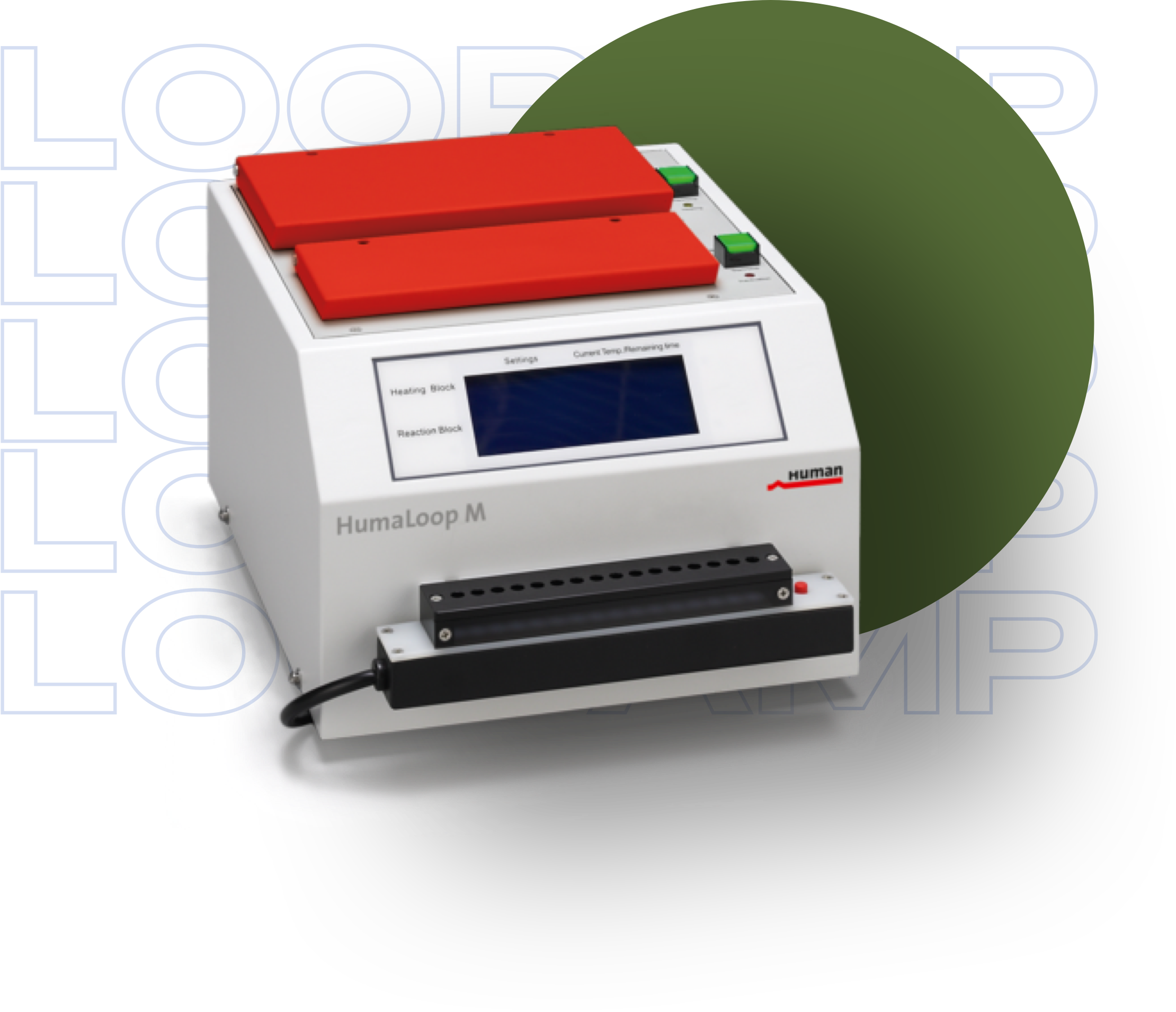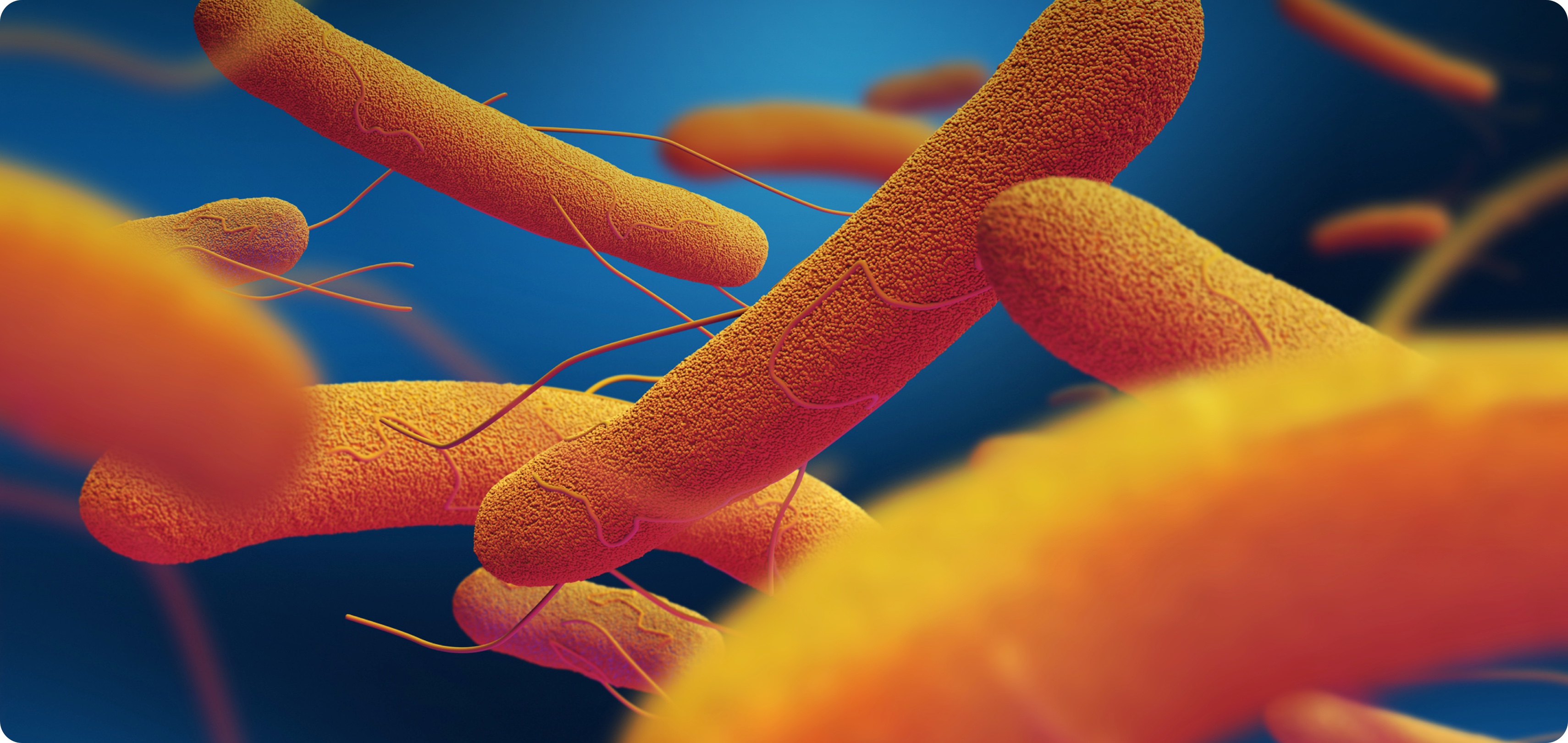Disease Areas & Products
Fever of Unknown Origin
Fever of unknown origin (FUO) is defined as fever at or above 101°F (38.3°C) for 3 weeks or more that remains undiagnosed after 3 days of in-hospital testing or during two or more outpatient visits. Cause of fever can be external due to microorganisms (bacteria, virus, and parasites) or internal (rheumatoid arthritis) due to inflammation, cancer, or an allergy. A thorough history, physical examination, and standard laboratory testing remain the basis of the initial evaluation of the patient with FUO.


The risks of incorrect diagnosis
There is no standard diagnostic approach to fever of unknown origin. FUO requires a focused FUO-relevant history, physical examination, and selective nonspecific laboratory tests rather than excessive overtesting. FUO remain a difficult diagnostic challenge because over 200 disorders are in the differential diagnosis.
Diagnostic Approach to Classic Fever of Unknown Origin
Symptoms & Diagnosis
The correct diagnosis of microbiological infection in a short time is difficult due to series of tests required for different parasites. Moreover, all these diagnostic tests needed to be done separately for different diseases which will increase the time and cost to patients with increased risk for patient health due to delay in treatment. There is a definite need for rapid, precise, and cost-effective measurement of disease marker analytes for early diagnosis of illness.
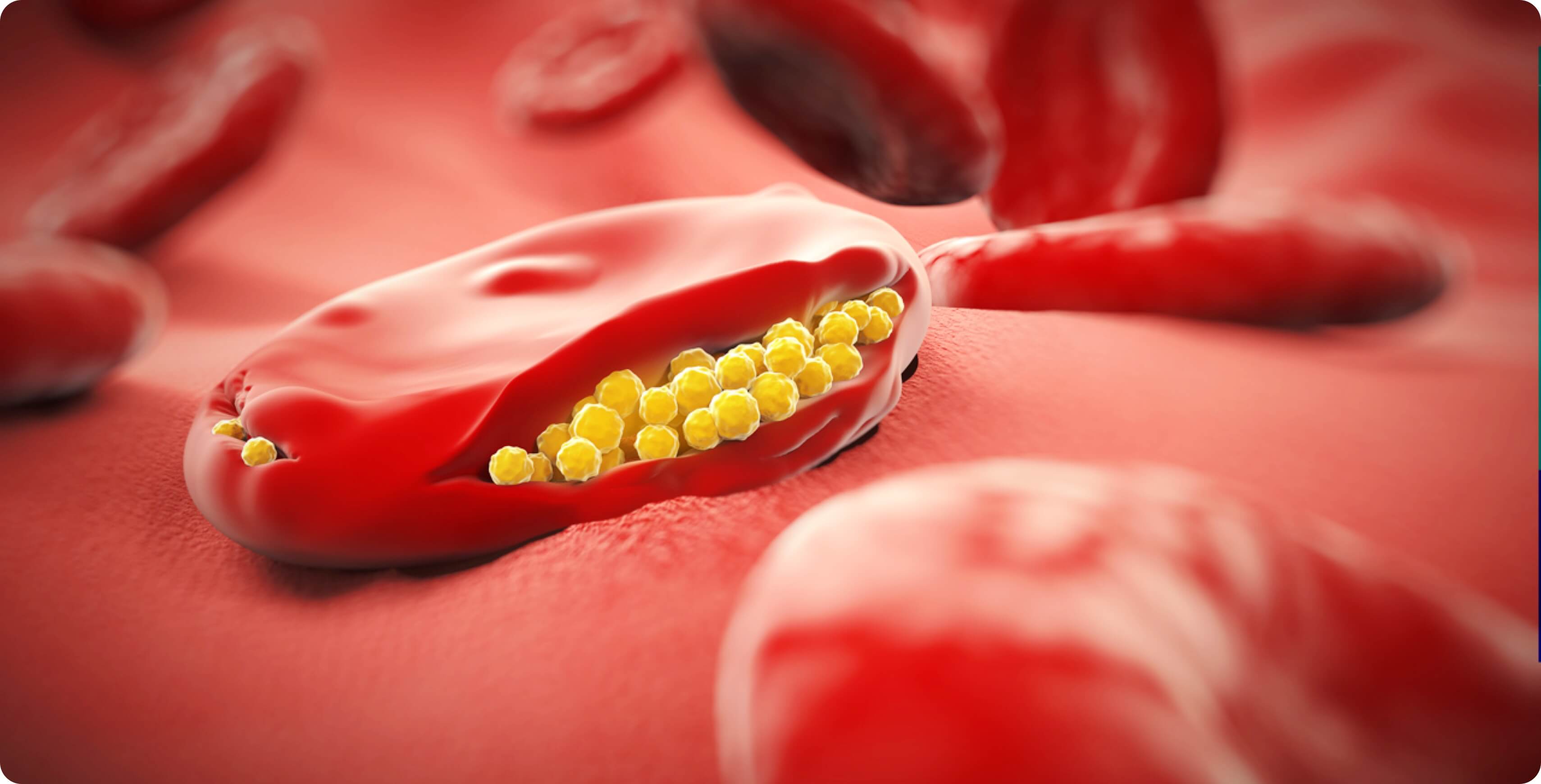
FUO - Microorganisms
Malaria
Malaria is a life-threatening disease. It’s typically transmitted through the bite of an infected Anopheles mosquito carrying the Plasmodium parasite. Once the parasites are inside your body, they travel to the liver, where they mature. Within 48 to 72 hours, the parasites inside the red blood cells multiply, causing the infected cells to burst open continuing to infect red blood cells, resulting in symptoms that occur in cycles that last two to three days at a time.
Microscopy and RDT’s are not able to track down parasites in low-transmission settings
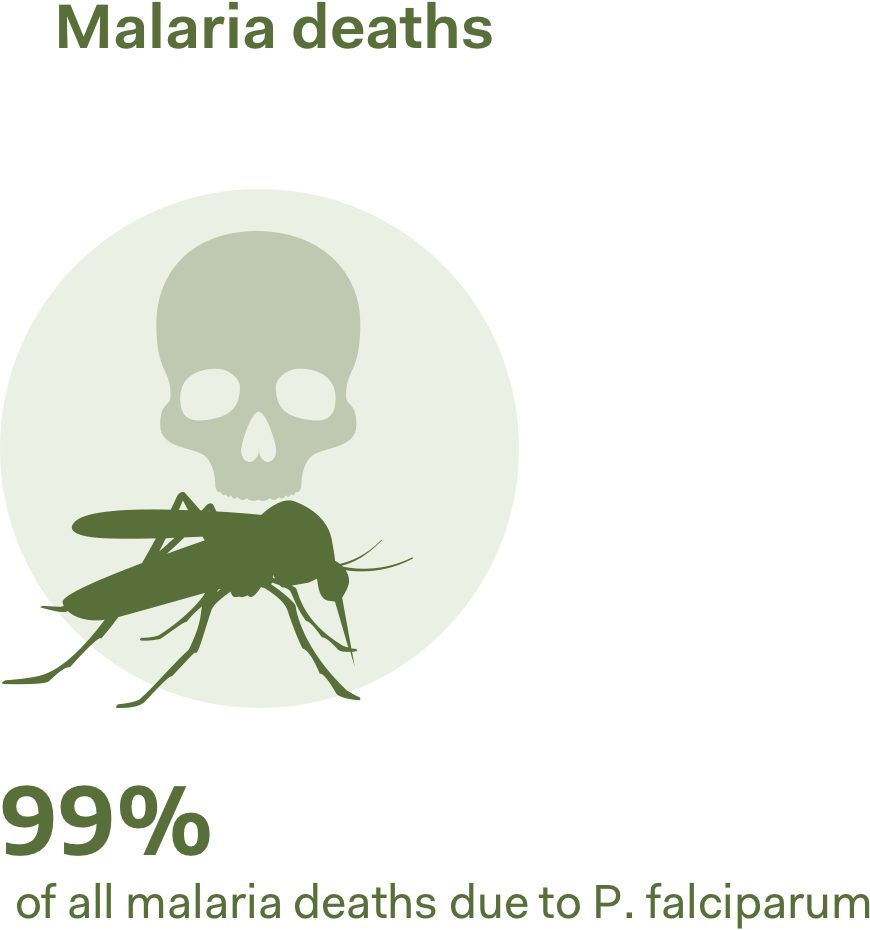
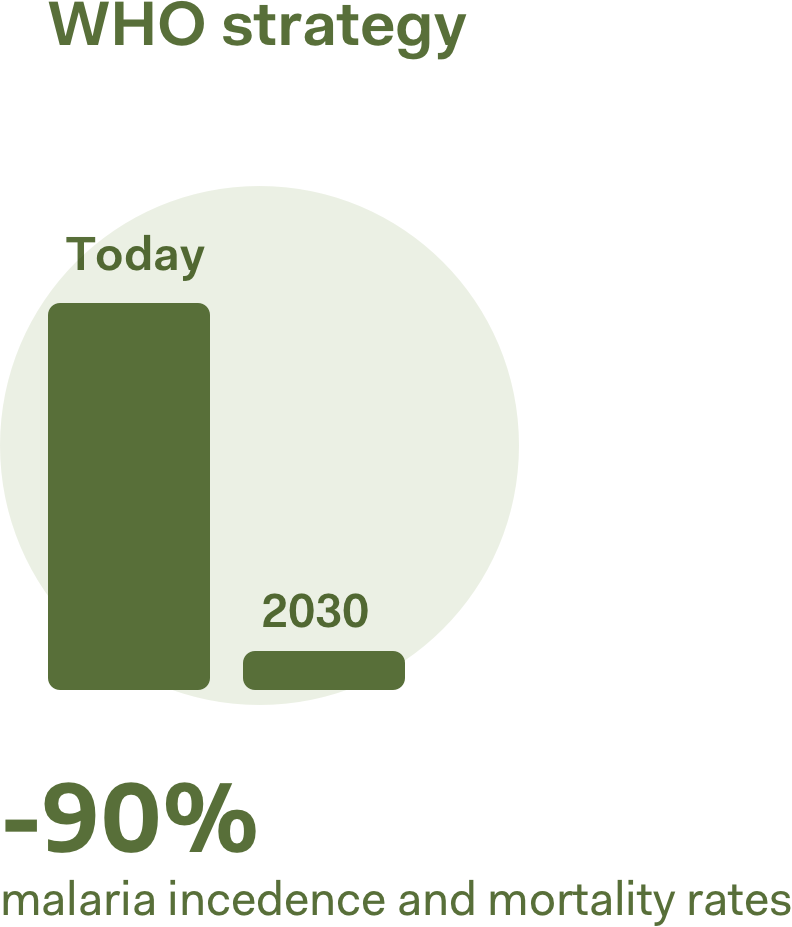
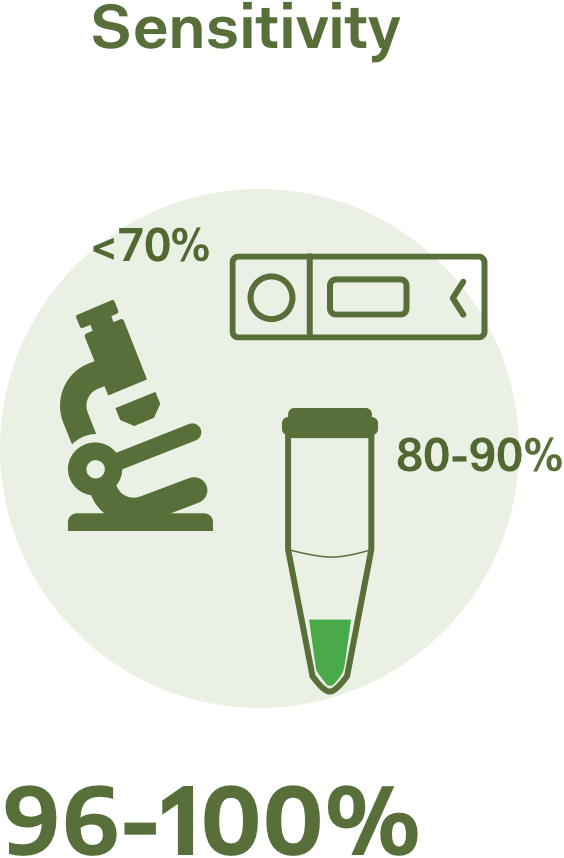
Symptoms & diagnosis
About a million cases of malaria are reported every year in India. The symptoms of malaria typically develop within 10 days to 4 weeks following the infection. In some cases, symptoms may not develop for several months. Common symptoms may include shaking chills, high fever, profuse sweating, convulsions, enlarged spleen or liver.
A quick diagnosis leads to life saving treatments.

